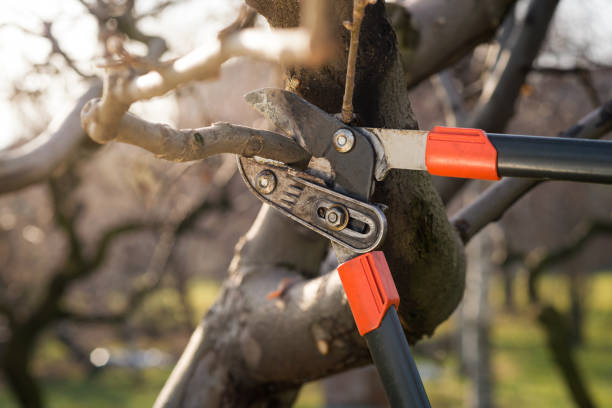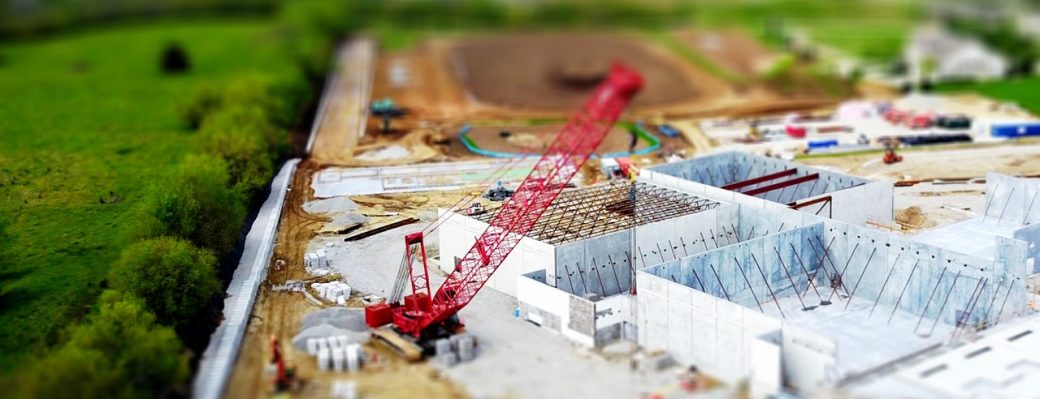
Pruning helps trees stay healthy and create a desired shape. It can also reduce risk by removing limbs that could fall during a storm, touch structures or pose safety hazards.
When pruning a tree, it’s important to make the right cuts at the correct time. Otherwise, a tree may be damaged or even killed.
1. Cutting Too Much
The beautiful branch structure of many trees we see lining our streets and yards wasn’t just “lucky.” Rather, their lush crowns and balanced form are the result of regular pruning.
When proper pruning cuts are made (just beyond a tree’s branch collar at the point of attachment), healthy trees genetically are equipped to seal wounds by creating callus tissue. But improper cuts like stubs and flush cutting damage this tissue, leaving open entry points and pathways for harmful insects, diseases, and decay to invade the tree.
Tree pruning Bundoora techniques include thinning, shaping the crown, and heading cuts. Thining reduces a tree’s height or width, for example to clear utility lines and provide clearance for pedestrians and vehicles. Topping, on the other hand, encourages excessive sprouting of weakly attached branches and makes a tree top-heavy, increasing wind resistance. Both can damage a tree’s health. The best way to avoid this is to prune only when necessary.
2. Cutting Too Close
When you cut a branch too close to its attachment, a small area of bark called the stem collar is injured. This wound creates an opening for wood fungi to infect the trunk or supporting stem, creating serious damage and possible dangers.
To avoid this, it is best to prune large branches in three cuts instead of one cut. This protects the collar and also allows the tree to heal the wounds more quickly.
For the best results, pruning should be done in winter to minimize garden and flower bed damage. When pruning during the growing season, prune to a branch, twig or bud that points in the desired direction of growth. This method encourages controlled, healthy new growth. For the most effective cuts, make them using sharp tools and at the proper angles. Also, do not use wound dressings or tars as these have been shown to interfere with the natural process of wound closure.
3. Cutting at the Wrong Angle
When thinning trees, the first cut should be made to a branch, twig, or bud that points in the direction you want to prune. This technique promotes healthy new growth and limits wind blockage. However, no more than one-fourth of the living crown should be removed at any given time.
Make your second cut at the stem collar (a small lip of bark where the branch protrudes from the trunk). A final cut should be made just outside this area, removing the stub. The proper location of these cuts encourages the quick formation of calluses that seal wounds and reduce the likelihood of wood-decay fungi infection.
For larger branches, make a three-step pruning cut to prevent damage to the bark. The first two cuts remove most of the weight and leave a smaller final cut. This type of cut also eliminates the need for wound dressings, which have been shown to interfere with proper closure.
4. Cutting Too Many Branches
When done improperly, cutting too many branches can cause damage or even kill the tree. This is why it’s best to only remove dead or damaged limbs and branches when pruning.
Pruning is also used to correct problems like uneven growth, poor form and to improve a plant’s structure and health. Training cuts are usually used to shape a shrub or tree into a particular form, fill in gaps from storm damage, keep it within bounds for size and location constraints or prevent a diseased branch from spreading.
When pruning a live branch, the first cut should be made on its underside and about a foot and a half from its base. The next cut should be made an inch further up the limb, and the last cut should be outside of the branch collar (a swelling in the bark just above the branch) to prevent water from collecting and harboring harmful diseases.
5. Cutting Too Many Suckers
When a tree starts to look like a shrub with bushy clumps of stems sprouting from the base or in spots on the trunk, you’ve got suckers. These unruly sprouts zap water and nutrients from the tree and are unhealthy for it.
Stress caused by improper pruning, disease or pest infestation can trigger the production of suckers. Prolonged drought can also cause a tree to send up sucker growth or water sprouts (upright branches from the base or upper parts of the trunk).
Prune the suckers regularly during maintenance pruning and whenever you spot them, using sharp pruners or loppers. Cut them as close to the roots as possible. This technique encourages healthy new growth. When pruning, always cut back to a branch, twig or bud that is pointed in the direction you want the tree to grow. This will prevent the formation of suckers and other unwanted growths. The ideal time for this is early spring when most maintenance pruning takes place.
6. Cutting Too Many Dead Branches
While trimming is necessary to keep trees healthy, it can also be dangerous if done incorrectly. For example, it’s important to only remove dead branches if they are diseased, insect-infested, or a safety hazard. Otherwise, removing too many will leave the tree vulnerable to damage and possibly even death.
It’s also crucial to understand how different pruning cuts affect a tree. Proper pruning technique involves making heading cuts to shorten individual branches and thinning cuts to remove excess branches. Both should be done just after a healthy bud to encourage controlled growth and reduce the risk of structural failure or decay in the future.
Pruning improves the health, strength and appearance of trees and shrubs. Without it, they can appear unsightly and be more susceptible to diseases. It also helps them reach more sunlight and encourages branching and fruit production. Proper pruning also helps protect landscapes from hazards and prevents damage from storms.
7. Cutting Too Many Buds
It is important to understand the growth habit of the plant before making any pruning cuts. Some pruning is necessary to train the plant for shape or size, but should never be done to remove living branches unless they are dead.
Frequently, people make the mistake of snipping too many branches. This can cause a tree to go into shock, which results in lots of new, but sparse, leaves that lack the food reserves stored in stems and leaves for proper health and function.
Another common mistake is cutting too many branches at the wrong time. During a pruning season, the optimum cut point is right after an outward-facing bud. If you make a cut too close or far away from the bud, the bud will be damaged or stubby and healing will be inhibited. Also, pruning large or heavy limbs often requires three steps to prevent damage to the bark.
8. Cutting Too Many Large Branches
Trees are beautiful and majestic, making your landscape look serene and brimming with life. However, they are not invincible and require some human assistance to exhibit their full potential.
Overgrown limbs and branches can damage your house or car, as well as obstruct light, air and access to your property. These limbs also serve as breeding grounds for insects that can harm people and pets, and they can spread diseases that affect plant and tree growth.
During pruning, large branches are removed for safety reasons or to prevent damage to buildings and structures. However, improper cuts can leave the resulting wounds unhealed and open to disease. Flush cuts remove the branch collar, an enlarged area of stem tissue around the base of a branch, and stub cuts leave a protruding stub that cannot seal the cut. Both of these cutting techniques are detrimental to the health of your trees. Instead, make a heading cut just beyond the branch collar and a second cut to remove the stub.
9. Cutting Too Many Dead Branches
When pruning, it’s important to hire a northern suburbs Melbourne tree pruning services. This not only keeps the appearance of a tree healthy, but also helps reduce future damage from wind or insect pests.
Cutting too many dead branches can lead to a weakened structure, and may result in the loss of an entire branch. To avoid this, it’s best to get tree services in northern suburbs Melbourne.
It’s also a good idea to thin out the crown by removing crowded or competing twigs and branches. This allows the remaining twigs and branches to grow and develop. When pruning, it’s also important to cut in a way that doesn’t injure the supporting stem or trunk. This means making the initial cut just outside of what is called the “stem collar,” which is the slightly swollen area where a branch joins the trunk. This will allow the branch to seal the wound in a more effective manner and reduce the risk of problems like wood decay.



